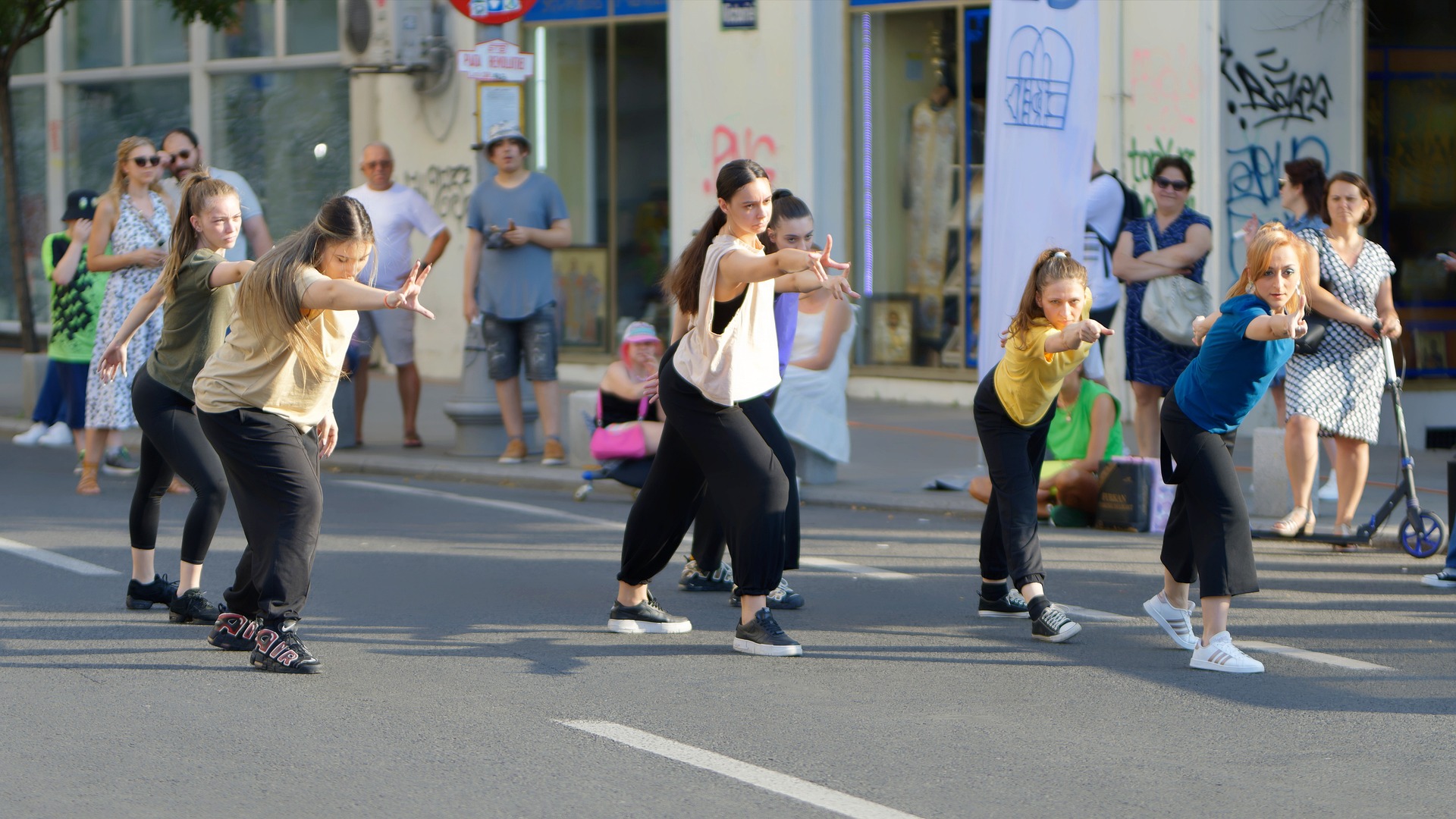Digital Renaissance: The Ascendancy of Virtual Reality in Contemporary Art
Introduction: Virtual Reality (VR) has taken contemporary art into a new dimension. This digital technology, once confined to the realms of gaming and cinema, has found a fertile ground in the art world, transforming the way artists create and audiences interact with art.

The Dawn of Digital Art
Digital art, an umbrella term for artworks created with digital technology, can be traced back to the mid-20th century. Artists began experimenting with computer-generated art as early as the 1960s. Yet, it was not until the advent of Virtual Reality in the late 1980s and 1990s that digital art started to gain serious traction. VR offered a new platform for artists to explore, allowing them to create immersive experiences that transcend the physical limitations of traditional art mediums.
VR: The Game Changer
Virtual Reality technology has evolved at a rapid pace since its inception. Early VR art was often limited by the technological constraints of the time. However, advancements in VR technology have enabled artists to create increasingly complex and interactive experiences. In recent years, VR has been leveraged to recreate historical sites, exhibit inaccessible artworks, and even facilitate virtual art therapy sessions.
Making Waves in Contemporary Art
The integration of VR has undeniably reshaped the landscape of contemporary art. Major art institutions worldwide have begun to recognize VR’s potential, incorporating VR installations into their exhibition programs. Moreover, artists are increasingly drawn to VR for its ability to engage audiences on a deeper level. By stepping into a virtual world, viewers become active participants, experiencing art in a way that is both immersive and personal.
The Critique
While VR’s impact on contemporary art has been largely positive, it has not been without its critics. Some argue that VR’s reliance on technology and hardware creates a barrier to accessibility, limiting the number of people who can engage with VR art. Others worry that the immersive nature of VR could lead to a loss of critical distance, making it harder for audiences to engage critically with the art.
Future Prospects
Despite these concerns, the future of VR in contemporary art looks promising. As technology continues to advance, we can expect to see even more innovative uses of VR in the art world. Beyond its use in creating and exhibiting art, VR also holds potential as a tool for art education and preservation. By enabling virtual access to art, VR can democratize the art world, making art more accessible to people regardless of geographical location or physical ability.
In conclusion, VR’s ascendancy in contemporary art marks a significant shift in the way art is created and experienced. As we continue to navigate this digital renaissance, it will be fascinating to see how artists and audiences alike adapt to this new artistic frontier.




